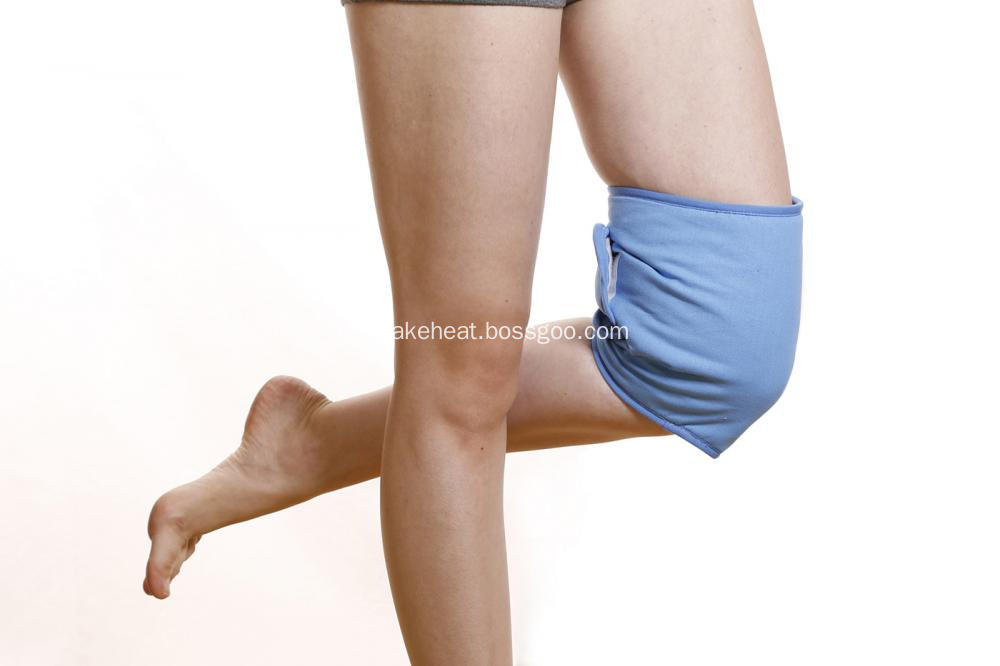Fresh lobster rearing
First, pond construction. Freshwater lobsters like to inhabit the water environment with a fresh water and rich oxygen. The construction ponds should be chosen where there is good ventilation, abundant water sources, no sources of pollution, and convenient drainage and drainage. The depth of the pond should be clear, deep in the middle, and shallow on all sides. The bottom of the pond should be loamy soil. It must be surrounded with 20-30 mesh gauze to prevent escape. In addition, in the pond, 100/mu of old tires should be put into the car to create a quiet and comfortable environment for the lobsters to prevent shelling and killing each other and improve the survival rate.
Second, clear pond fertilizer water. The pond should be dredged, trimmed and exposed. Ten to fifteen days before the stocking of shrimps, 50 kg of fresh lime dry pool was used for disinfection and fresh water was injected after 7 days. Before entering the water, install a 60-80 mesh water inlet screen with a water depth of 50-80 cm and ferment 300 kg of livestock manure per acre to cultivate plankton.
Third, shrimp stocking. Shrimp stocking should be conducted in the sunny morning or the evening in March-April. The stocking size of shrimps is generally 3-5 cm, and the stocking rate is 3500-4000 per acre. The shrimps stocked in the same pond need to have the same specifications.
Fourth, carefully feeding. Within 3 days after seeding, the minced fish, meat and artificial diet are minced; until the shrimp grows to 6-7 cm, it can be fed with crushed snails, river clams and appropriate amount of plant food. . The daily feeding amount is full, eaten, and no residual bait is left. Invest each morning and evening each time. At night, invest 70%-80% of the total daily amount. The bait should be placed in the shallow water around the pond. Wherever the lobster is concentrated, it can be properly cast to check the eating situation.
Fifth, to strengthen the management of freshwater lobster growth fast, strong metabolism, oxygen consumption. Therefore, we must strengthen water quality management in particular. The first is to look at the water color, and the light green is better; the second is to test the pH of the water to be more suitable for the PH value of 7-7.5; the third is to change the water in time, change the water once in 15-20 days, change the water volume to 50% of the pool water, in the normal temperature (20°C-30°C) The shrimp ponds are reared at a depth of about 1 meter and the temperature is below 15°C or above 35°C.
Six, disease prevention and treatment. Freshwater lobsters have higher stocking densities and care should be taken to prevent them. One is shrimp shell disease. Can be mixed with malachite green and Forlin liquid, give lobster medicine bath 20-30 minutes. The second is black shank disease. Methylene blue Quanchiposa can be used. The third is ciliate disease. The treatment can be used to dip the diseased lobsters for 5-6 hours in the copper sulfate solution and for 3-5 consecutive days for each treatment course.
Seven, timely gain. Freshwater lobsters are generally stocked from April to March and harvested from October to November. At the time of harvesting, one-time fishing can be performed in the evening with dry ponds or seine nets. It can also be listed in batches in stages.
Knee Warmer is using batteries as power supply, to reduce pains of the knees. It provides stable heat penetrating so as to relax fatigue caused to the knees.
It is always with velcro for fastening better, which also enhance the heat therapy effect, as it touches better to human knees.
Below picture for reference, it can be made in different shapes and designs.

Knee Warmer
Knee Warmers for Arthritis, Specialized Knee Warmers, Electric Knee Warmer, Thermal Knee Warmer
Ningbo JustLive Electrical Appliance Co., Ltd , https://www.makeheat.net